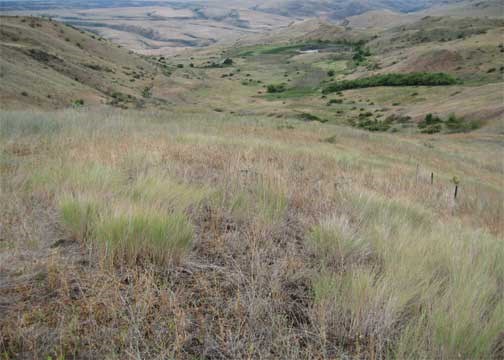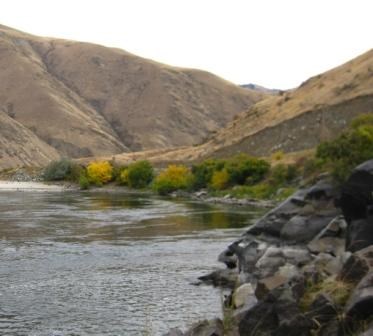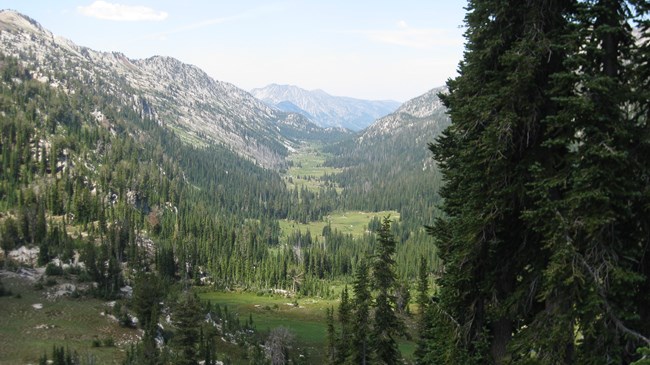|
“Our traditional relationship with the earth was more than just reverence for the land. It was knowing that every living thing had been placed here by the Creator and that we were part of a sacred relationship…entrusted with the care and protection of our Mother Earth, we could not stand apart from our environment.” –Elsie Maynard (Nez Perce) The natural resources of Nez Perce National Historical Park are diverse and complex. The park sites, scattered throughout four states, are mostly small pockets of land surrounded by a patchwork of private, local, state, tribal, and federal lands. The people and culture of this park are inextricably tied to the natural resources in the area; it is impossible to separate them. If the areas did not contain natural resources—salmon, elk, bison, camas, balsamroot, dogbane, lodgepole, pine, grasses, water, minerals, and fertile soil—the nimíipuu (Nez Perce), the fur trappers, the missionaries, the pioneers, and the miners would not have come to these areas. Intimate familiarity with and use of natural resources led to the development of Nez Perce culture. Others saw the richness of the land too and came using additional resources . An understanding of the cultural ties to the natural resources is critical to the management of this park.
|
Last updated: December 29, 2022



